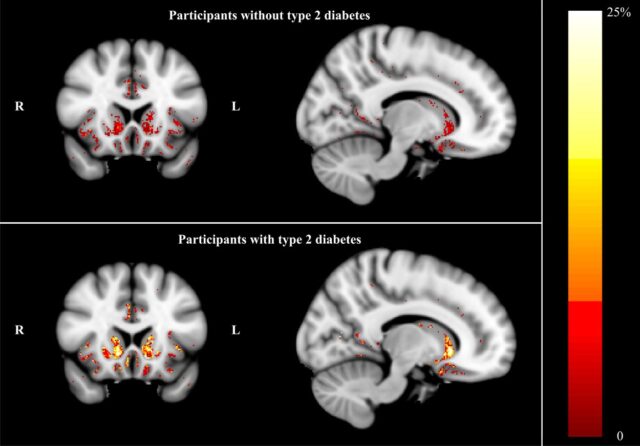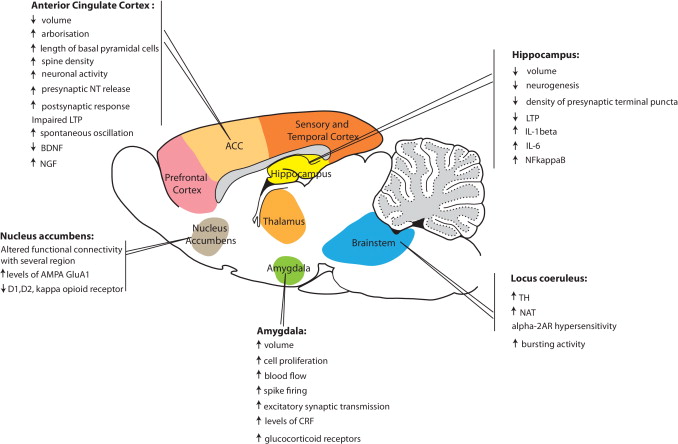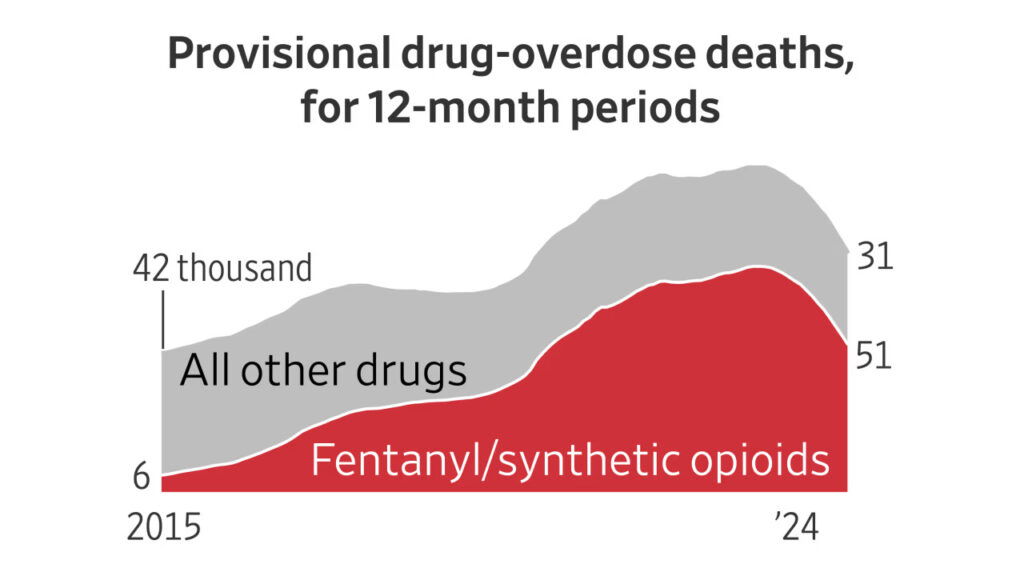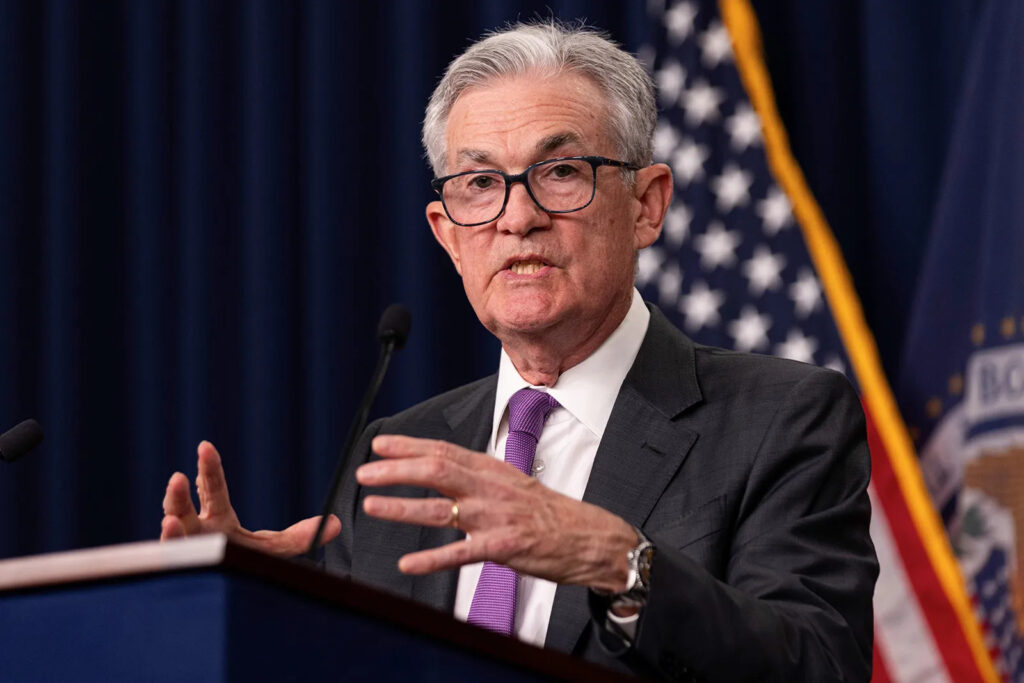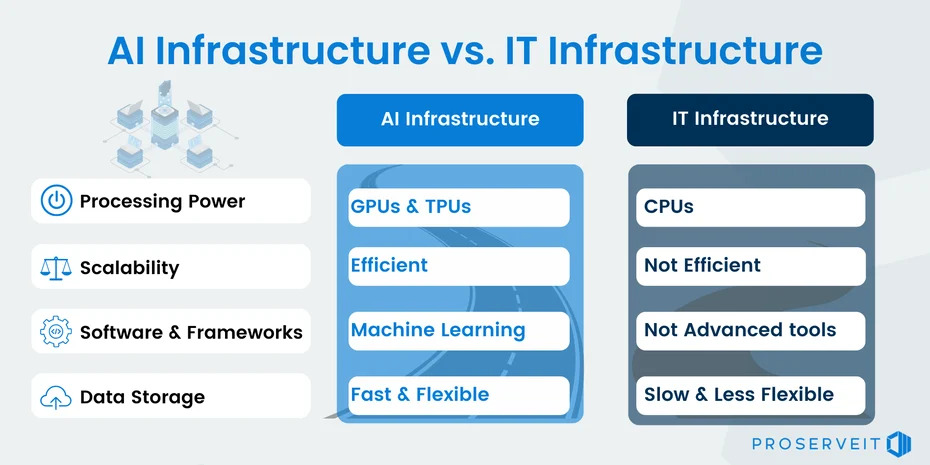US Business Activity Surges Amid Mixed Economic Signals
March 2025 saw a significant rise in US business activity, reflecting resilience in the economy. The S&P Global Composite PMI climbed to 53.5, indicating overall expansion. However, this growth was not uniform across industries, with the manufacturing sector experiencing a slight contraction. Various economic pressures, including rising input costs, declining business confidence, and reduced equipment investments, continue to shape the outlook for businesses.
PMI Growth and Sectoral Divergence
The S&P Global Composite Purchasing Managers’ Index (PMI), which measures economic health across both manufacturing and services, rose to 53.5 in March. This increase signals expansion in overall business activity.
However, the manufacturing sector presented a contrasting picture. The Manufacturing PMI declined to 49.8, indicating a contraction. A PMI below 50 suggests that manufacturing activity is shrinking, possibly due to supply chain challenges, inflationary pressures, or declining demand.
Business Confidence Weakens Amid Policy Concerns
Despite the expansion in business activity, business confidence dropped to its second-lowest level since 2022. This decline is largely attributed to concerns over tariffs and government spending cuts, which create uncertainty for long-term investment and profitability. Uncertain trade policies and fiscal constraints have made companies wary about expansion and hiring decisions.
Rising Input Costs and Consumer Price Pressures
Another major economic challenge is the surge in input prices, which climbed to 60.9 in March—the highest level since April 2023. Rising costs for raw materials and production have forced manufacturers to pass these expenses onto consumers, contributing to inflationary pressures. The increased cost burden may further impact consumer spending and business margins in the coming months.
Decline in Equipment Investments
US businesses also demonstrated caution in capital investments. Companies borrowed 7.4% less for equipment investments in February, totaling $9.7 billion. This decline suggests hesitancy in committing to long-term investments, possibly due to economic uncertainty and higher borrowing costs. Despite steady credit approvals, businesses remain reluctant to take on new financial risks.
ELFA Confidence Index Reflects Growing Pessimism
The Equipment Leasing and Finance Association (ELFA) confidence index, which measures optimism in business financing, fell to 58.1. Although still in positive territory, the decline highlights increasing concerns about future economic conditions, market volatility, and financial stability.
Conclusion
While US business activity showed signs of strength in March 2025, the underlying economic environment remains complex. The service sector drove expansion, but manufacturing struggles with contraction. Rising input costs, policy concerns, and declining investment confidence present hurdles for sustained growth. As businesses navigate these challenges, their ability to adapt to economic shifts will determine the trajectory of the US economy in the coming months.


